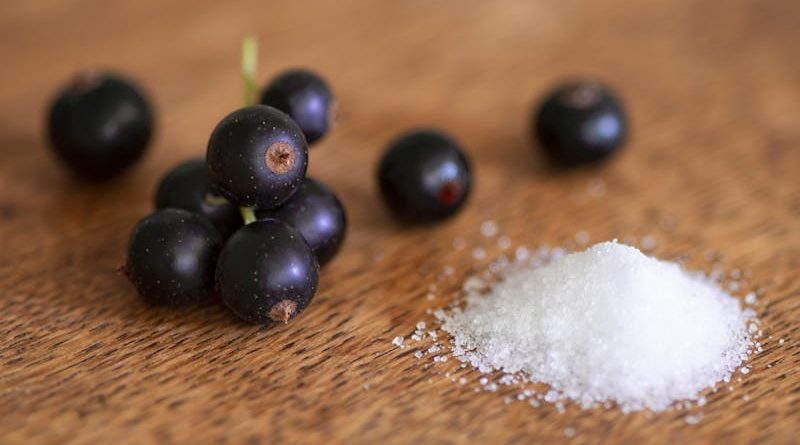Salt: Balancing Necessity and Excess for Optimal Health
Salt, an essential nutrient found primarily in the form of sodium chloride, plays a vital role in human health by maintaining fluid balance and supporting nerve and muscle function. However, the global health landscape is witnessing a growing concern over excessive salt intake and its association with various health risks.
The World Health Organization (WHO) highlights the dire need for global efforts to reduce salt intake to prevent heart disease, stroke, and premature death. Despite sodium’s necessity for bodily functions, excessive consumption is linked to a heightened risk of cardiovascular diseases and has prompted WHO to advocate for a 30% reduction in sodium intake by 2025. However, progress remains sluggish, with only a small fraction of WHO Member States adopting comprehensive sodium reduction policies. Such policies include reformulating foods to contain less salt, establishing public food procurement policies to limit salt-rich foods in public institutions, front-of-package labeling to help consumers choose products lower in sodium, and mass media campaigns to reduce salt consumption.
Research from the Harvard T.H. Chan School of Public Health underscores the relationship between diet and blood pressure, specifically through the Dietary Approaches to Stop Hypertension (DASH) trials. These trials demonstrated that diets high in fruits, vegetables, and low-fat dairy, and low in red meat and sugar, could significantly reduce blood pressure. Moreover, a meta-analysis of clinical trials found that a moderate reduction in sodium intake could lead to significant reductions in blood pressure for individuals with both normal and high blood pressure.
Chronic kidney disease (CKD), osteoporosis, and cancer are other health conditions influenced by salt intake. For CKD patients, a moderate sodium restriction is generally advised over a low sodium restriction for the overall management of the disease. Regarding osteoporosis, diets high in sodium could lead to increased calcium loss via urination, potentially exacerbating bone thinning. Furthermore, a higher intake of salt or salty foods is associated with an increased risk of stomach cancer.
Public health guidelines recommend a maximum daily salt intake of 6g for adults, translating to about one teaspoon. This includes salt already present in food and added during cooking. To manage intake, individuals are advised to flavor food with alternatives like herbs, spices, and lemon juice, limit added salt, choose lower-salt foods, and be mindful of high-salt content in certain medications.
Regarding the debate on the healthiness of Himalayan sea salt versus regular table salt, the Mayo Clinic clarifies that all types of salt, including Himalayan pink salt, sea salt, and table salt, are fundamentally sodium chloride. Despite minor differences in mineral content and color, their sodium content is similar, and moderation is key to maintaining health. The American Heart Association recommends that healthy adults consume no more than 2,300 milligrams of sodium chloride per day, equating to roughly one teaspoon of salt.
In summary, while salt is an indispensable component of the diet, moderation is crucial to prevent health risks associated with overconsumption. Public health efforts and personal dietary choices play critical roles in achieving a balance that supports overall health and well-being.

